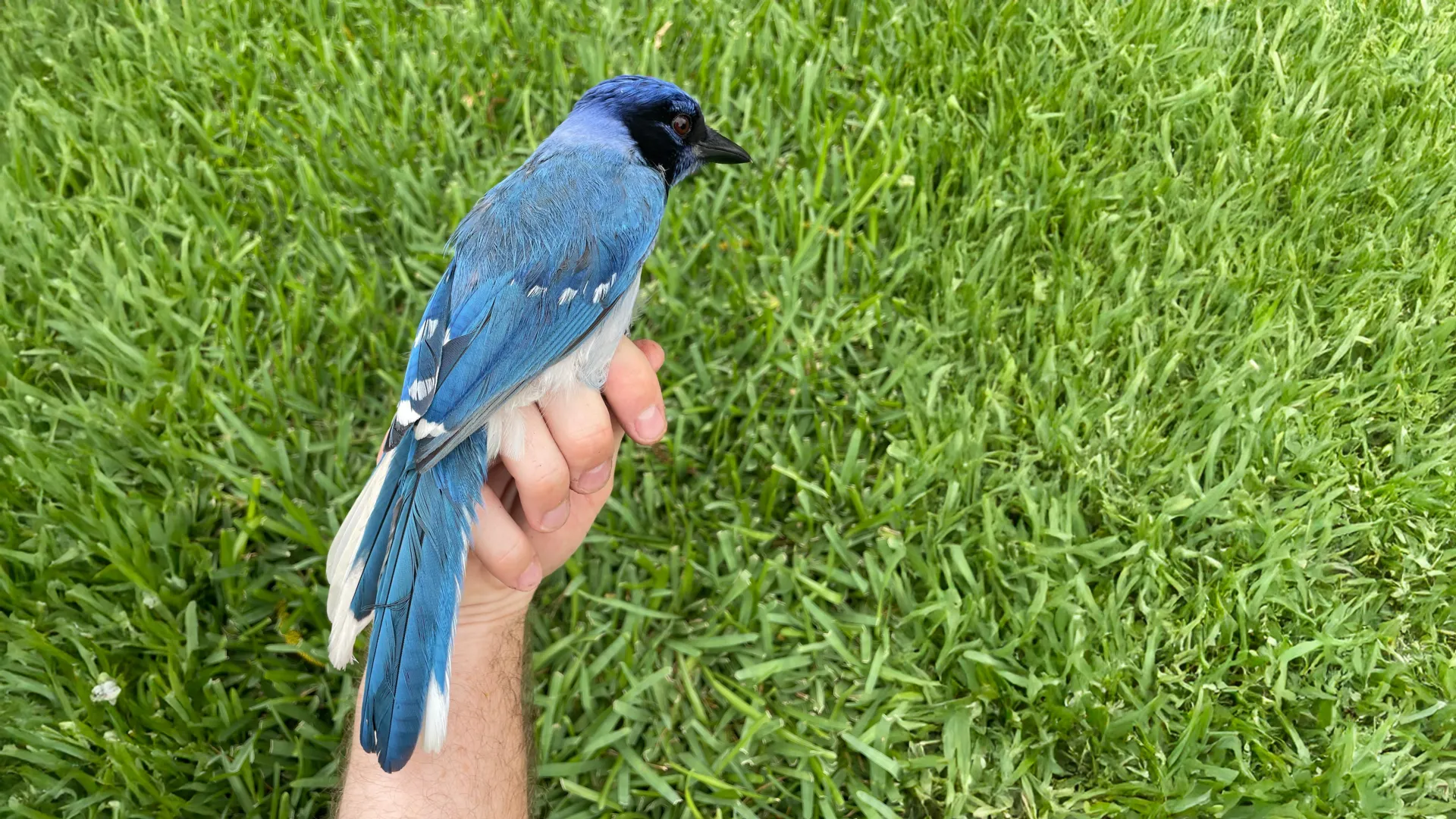A fascinating discovery in the world of paleontology has shattered the Hollywood-inspired image of dinosaurs popularized by films like Jurassic Park. A newly identified dinosaur species, Pulaosaurus qinglong, discovered in China, presents a significant shift in how scientists think about dinosaur behavior. Instead of the traditional portrayal of terrifying, roaring creatures, Pulaosaurus is believed to have communicated with chirps, much like modern birds.
A Unique Discovery In Northeastern China
The remains of Pulaosaurus qinglong, a small herbivorous dinosaur, were discovered in the Yanliao Biota, an area in northeastern China renowned for its rich dinosaur fossil deposits. The new species, measuring just two feet in length, belongs to Neornithischia, a subgroup of dinosaurs known for their bird-like pelvic structures. The fossils found in this region mark an exciting milestone, as Pulaosaurus represents the first neornithischian dinosaur discovered here.
“The total length of this specimen is approximately 72.2 cm (i.e., the length from the rostral end of the skull to the caudal end of the last preserved caudal vertebrate) while its skull length is about 8 cm,” said the scientists.
Interestingly, the fossils included rare elements that gave scientists a closer look at the dinosaur’s anatomy and behavior. Among these were parts of the larynx, or voice box, an extraordinarily rare find that has only been documented in a handful of dinosaurs. These vocal structures, made up of elongated, leaf-shaped cartilage, resemble those found in modern birds, pointing to the possibility that Pulaosaurus could have produced sounds similar to the chirps of today’s avian species.


The Discovery Of Bird-like Vocalizations
This breakthrough is one of the first to suggest that some dinosaurs may have communicated through sounds more akin to those of birds than the deep roars often associated with them. Pulaosaurus is only the second dinosaur ever found with fossilized larynx bones, which provide critical information about how sound was produced. The shape and structure of the cartilage within the dinosaur’s larynx suggest that it may have used high-pitched, chirping vocalizations.
In addition to its vocal abilities, the dinosaur’s anatomy reveals much about its overall behavior and lifestyle. The presence of soft tissue remnants in the fossil, as well as the well-preserved bones, provided researchers with a comprehensive view of the creature’s biological traits. These insights help paleontologists better understand how these dinosaurs evolved and how they might have interacted with their environments.
Clues About Diet And Behavior
Beyond its vocalization, the Pulaosaurus qinglong also provides important clues about its diet and ecological role. The analysis of the dinosaur’s gut cavity revealed small, round pebbles and impressions of plant seeds or other plant matter.
This indicates that the dinosaur was likely a herbivore, feeding primarily on soft plant material. The shape and structure of its teeth, jaw, and tongue suggest that Pulaosaurus preferred to chew and process plant-based foods, which adds to our understanding of the variety of dietary habits among prehistoric creatures.
Source link


